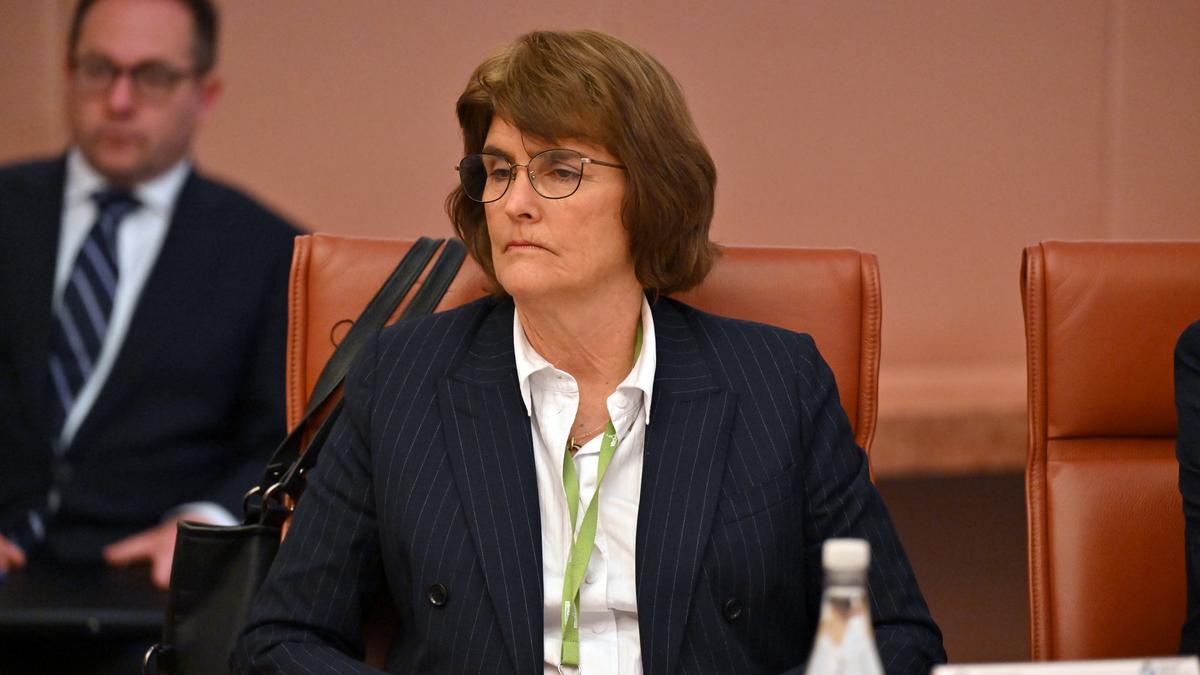By Abubakar Ibrahim,Nobel Peace Laureate
Copyright myjoyonline

Each year, as the rains come, the conversation around tree planting returns with fresh urgency. Mostly, it centres on protecting the environment. But gradually, tree planting is no longer a moral imperative alone; it is becoming an investment class in its own right, attracting banks, entrepreneurs, and institutional investors across Africa.
To frame this shift, two powerful quotes come to mind. A Ghanaian proverb reminds us that “The forest not only hides man’s enemies but is full of man’s medicine, healing power, and food.” American environmentalist, Wendell Berry in his ‘The Unforeseen Wilderness: Kentucky’s Red River Gorge,’ 1971 wrote, “I am speaking of the life of a man who knows that the world is not given by his fathers but borrowed from his children; who has undertaken to cherish it and do it no damage, not because he is duty-bound, but because he loves the world and loves his children.”
These words now ring louder than ever, as Africa embraces reforestation not only as a response to climate change, but as a strategic tool for sustainable development and wealth creation.
Africa’s Green Gold Rush
Across the continent, a new green economy is taking root. In Malawi, Ripple Africa’s model shows how rural tree planting can deliver social and financial impact. The African Union’s Great Green Wall, stretching from Senegal to Djibouti, is restoring landscapes while unlocking jobs, trade and ecological resilience. In Ghana, organisations like Cerath Development Organisation (CDO) and Plant-for-Ghana are working hand in hand with communities to rebuild degraded lands and promote sustainable land use.
At Stanbic Bank Ghana, we are also stepping up. This year alone, the Bank has planted 10,000 trees nationwide. From the Chirapa Forest Reserve in Agomeda to other reserves in the various regions. But this is just the beginning. Over the next five years, we have committed to planting one million trees in partnership with our customers, staff and like-minded partners. For us, it is a long-term pledge to climate leadership, economic inclusion and national renewal.
Carbon Credits and Climate Capital
Tree planting is increasingly recognised as a revenue-generating activity. Through verified carbon credits, businesses can monetise the environmental impact of reforestation. These credits are bought and sold on international markets by organisations looking to offset emissions. As demand for carbon neutrality grows globally, Ghana and Africa have the potential to become a major supplier of carbon offsets.
Ghana’s carbon market has gained traction. The country has already signed bilateral agreements with Sweden, Singapore and Switzerland, among others. These frameworks aim to reduce emissions while creating benefits for local communities. Under rigorous standards such as Verra and Gold Standard, reforestation projects are now bankable ventures, offering both returns and resilience.
Ghana’s Commitment to Greening
In March 2025, President John Dramani Mahama launched Ghana’s flagship “Tree for Life” initiative, which aims to plant 30 million trees across the country. This campaign is about afforestation, employment, entrepreneurship, and economic transformation. Free seedlings are being distributed nationwide through the Forestry Commission’s network of offices, enabling Ghanaians from all walks of life to participate.
Stanbic Bank Ghana fully aligns with this national vision. Our tree-planting campaign is designed to contribute meaningfully to Ghana’s climate agenda while creating shared value for communities, customers, and partners.
Global Attention, Local Impact
Africa’s forestry potential is no longer under the radar. Investors and international development organisations are increasingly turning their attention to the continent, drawn by its natural resources, youthful population and green growth potential. Yet, despite the growing momentum, real challenges remain.
Access to consistent funding for tree planting remains sporadic, often relying on donor support. Without diversified financing mechanisms, projects can stall. Technology adoption also lags, with limited access to tools like satellite mapping and AI-driven forest monitoring critical to generating verifiable data and strengthening investor confidence.
Land ownership disputes and regulatory overlaps can deter private sector involvement. Weak enforcement in some areas, particularly where forest reserves have been compromised by illegal mining, further complicates progress. For large-scale tree planting to thrive, Africa must embrace innovative finance models, such as blended finance, carbon insurance, or public-private partnerships, that de-risk investment while empowering communities.
The Business of Trees
Still, the economic upside of planting trees is too significant to ignore. Agroforestry techniques, which integrate trees with crops and livestock, are helping farmers improve yields, enhance soil fertility, and reduce reliance on synthetic inputs. For financial institutions, this means more stable rural lending portfolios and stronger agribusiness ecosystems.
Companies are also seeing the reputational and financial benefits of tree planting. It strengthens ESG profiles, improves air and water quality, enhances food security, and builds social goodwill, all of which contribute to reduced operational risk and improved market positioning. In short, sustainability pays.
The Green Belt Movement in Kenya, founded by Nobel Peace Laureate Wangari Maathai, is proof of this. More than 50 million trees later, the movement continues to empower women, support livelihoods, and attract capital into forestry. It shows that tree planting can scale with purpose and with profit.
A Future Rooted in Growth
For Africa, and Ghana in particular, the tree planting movement has become more than a feel-good initiative. Because with the right frameworks, investments, and partnerships, we can turn forests into financial engines. By embracing tree planting as an economic strategy, we position ourselves as stewards of the earth and pioneers in the green economy. Sustainability is not a side project it is the future of business. And as the rains fall this year, we are reminded that every seed planted today can become a source of life, value, and prosperity tomorrow.



